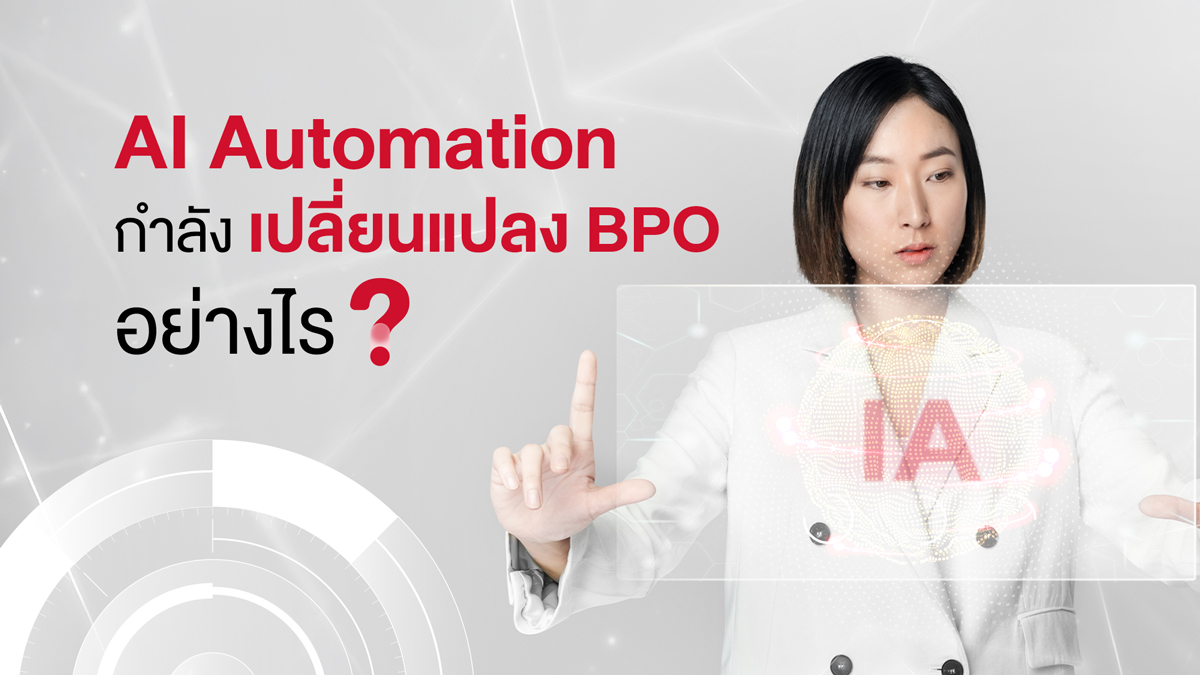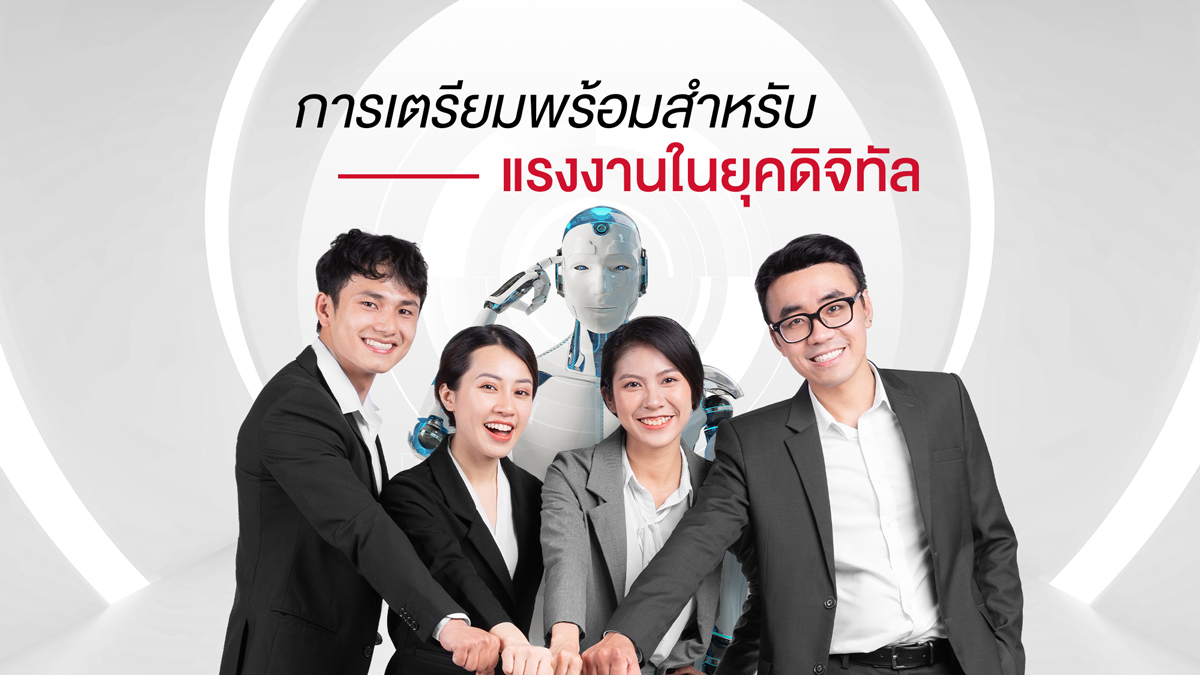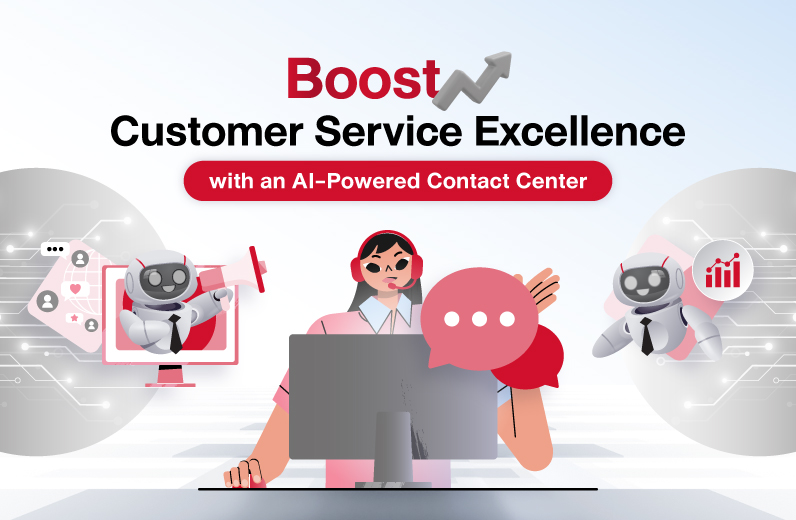AI Automation in BPO: The Future of Workforce Transformation

What is AI Automation in Business Process Outsourcing?
In an era of technological advancement, AI and Automation have become the key drivers of transformation in Business Process Outsourcing (BPO). These technologies enhance efficiency, reduce errors, and elevate customer service.
AI mimics human intelligence, while Automation minimizes the need for human labor in repetitive tasks, such as:
• Chatbots: Provide 24/7 customer service, respond instantly, reduce waiting times, lighten employee workloads, and can be integrated across multiple platforms.
• Robotic Process Automation (RPA): Reduces human errors, performs repetitive tasks quickly and accurately, lowers labor costs, increases efficiency, and seamlessly integrates with existing systems.
• Machine Learning (ML): Accurately analyzes large datasets, predicts trends and customer behavior, improves business decision-making, and continuously learns from data to enhance performance.
Contents
1. What is AI Automation in Business Process Outsourcing?
2. How is AI Automation Transforming Business Process Outsourcing (BPO)?
3. Examples from transcosmos Thailand
4. Preparing for the Future of Work in the Digital Era
5. Summary
How is AI Automation Transforming Business Process Outsourcing (BPO)?
- Hybrid Workforce: Collaboration between humans and technologies
In this context, a Hybrid Workforce refers to the synergy between humans, systems, and Digital Workers. For example, employees focus on creative thinking and innovation while delegating repetitive tasks to Digital Workers. This approach enhances customer service, enables employees to maximize their skills, and ultimately helps organizations achieve their business goals effectively. - AI-Powered Tools: Real-time data analysis for accurate decision-making
AI-Powered Tools leverage Artificial Intelligence (AI) and Machine Learning (ML) to process, analyze, and generate insights instantly. These tools quickly detect trends, customer behaviors, and factors that may impact business operations, allowing for data-driven decision-making. - Process Optimization: Enhancing workflow efficiency
Process Optimization focuses on streamlining, accelerating, and improving business processes using techniques such as data analysis, automation, and workflow improvement. By analyzing and refining workflows, organizations can eliminate inefficiencies, reduce waste, and increase overall values.
Examples from transcosmos Thailand
At transcosmos Thailand, we have implemented Chatbots to assist with customer inquiries, provide supports to employees, and engage with potential job candidates. This innovation enhances service speed, accuracy, and efficiency.
Key Benefits of Our Chatbot Implementation:
- 24/7 Availability – Customers and job seekers can instantly access information without waiting for business hours.
Fast & Accurate Responses – Reduces errors that may occur with traditional inquiry handling. - Handles High Volumes of Inquiries Simultaneously – Supports multiple inquiries across various channels without requiring a large workforce.
- Reduces Employee Workload – Allows employees to focus on analytical and decision-making tasks.
- Enhances Customer Experience – Ensures smooth and convenient interactions.
- Strengthens a Modern Corporate Image – Showcases the integration of technology to elevate service qualities.
Integrating Chatbots into our operations has significantly improved service efficiency and plays a crucial role in enhancing customer satisfaction and trust in our organization.
Preparing for the Future of Work in the Digital Era
As AI and Automation continue to play a crucial role across industries, including Business Process Outsourcing (BPO), the key to success is not just adopting technology but ensuring that employees can effectively collaborate with automation. AI and Automation are not here to replace human workers but to enhance work quality and efficiency. Therefore, organizations and employees must prepare for three important factors: Reskilling, Upskilling, and Sustainability.
- Reskilling: Developing New Skills
Technological advancements have automated many tasks that once required human efforts. However, these changes also create new job opportunities that demand different skill sets. Reskilling, or learning new skills, is essential for employees who want to be adapted to the evolving job markets.
- Upskilling: Enhancing Existing Skills
Beyond learning new skills, employees must enhance their current expertise to work effectively alongside AI and automation. Upskilling enables professionals to stay relevant without changing careers, improving their abilities to collaborate with new technologies.
- Building Organizational and Workforce Sustainability
With rapid technological evolution, organizations must prioritize sustainability—not just in terms of the environment but also workforce stability and operational resilience. Companies that focus on long-term growth will maintain a competitive edge while ensuring employee well-being and business continuity.
Summary
AI and Automation are key drivers in transforming Business Process Outsourcing (BPO) across all dimensions, enhancing efficiency, reducing costs, and elevating service quality. Organizations that successfully adapt to these technologies will gain a competitive edge and achieve sustainable growth in the global market.
The integration of AI and Automation is not only boosting organizational efficiency, but it also fosters a modern and sustainable work environment for long-term success.







